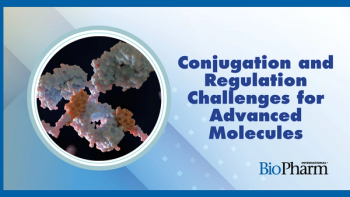
FDA Details National Vaccine Plan
HHS plan makes progress in ensuring availability of safe vaccines.
Dr. Karen Midthun, director of FDA’s Center for Biologics Evaluation and Research, outlined the importance of the Department of Health and Human Services (HHS) National Vaccine Plan, in a
According to Midthun, the National Vaccine Plan plans on developing new vaccines, enhancing the vaccine safety system, supporting enhanced communication regarding vaccine decision-making, ensuring a stable supply of vaccines, and increasing global prevention of disease through vaccination. The National Vaccine Program Office recently issued the
The report states that the National Vaccine Plan will continue in the coming years with more research into new vaccines, extension of monitoring systems, and continued development of communication paths. The report can be found on the HHS website.
Source:
Newsletter
Stay at the forefront of biopharmaceutical innovation—subscribe to BioPharm International for expert insights on drug development, manufacturing, compliance, and more.




